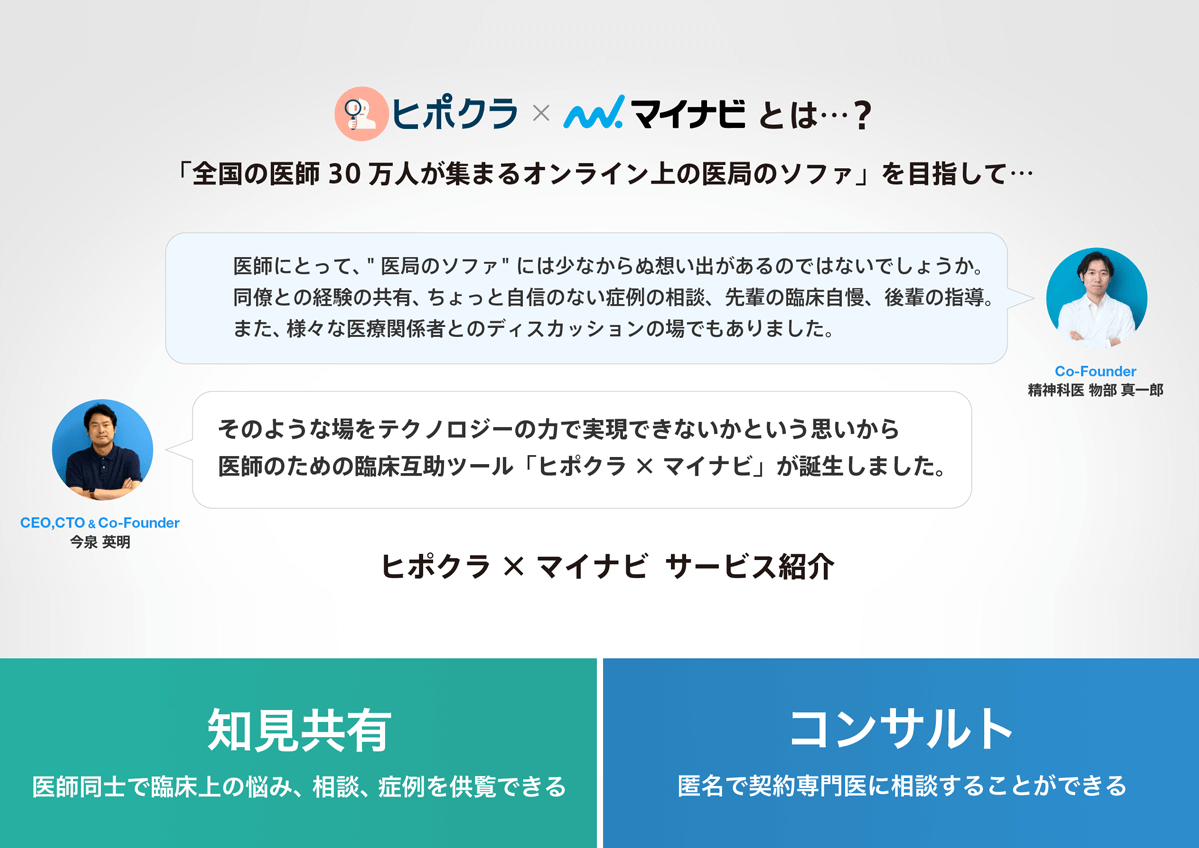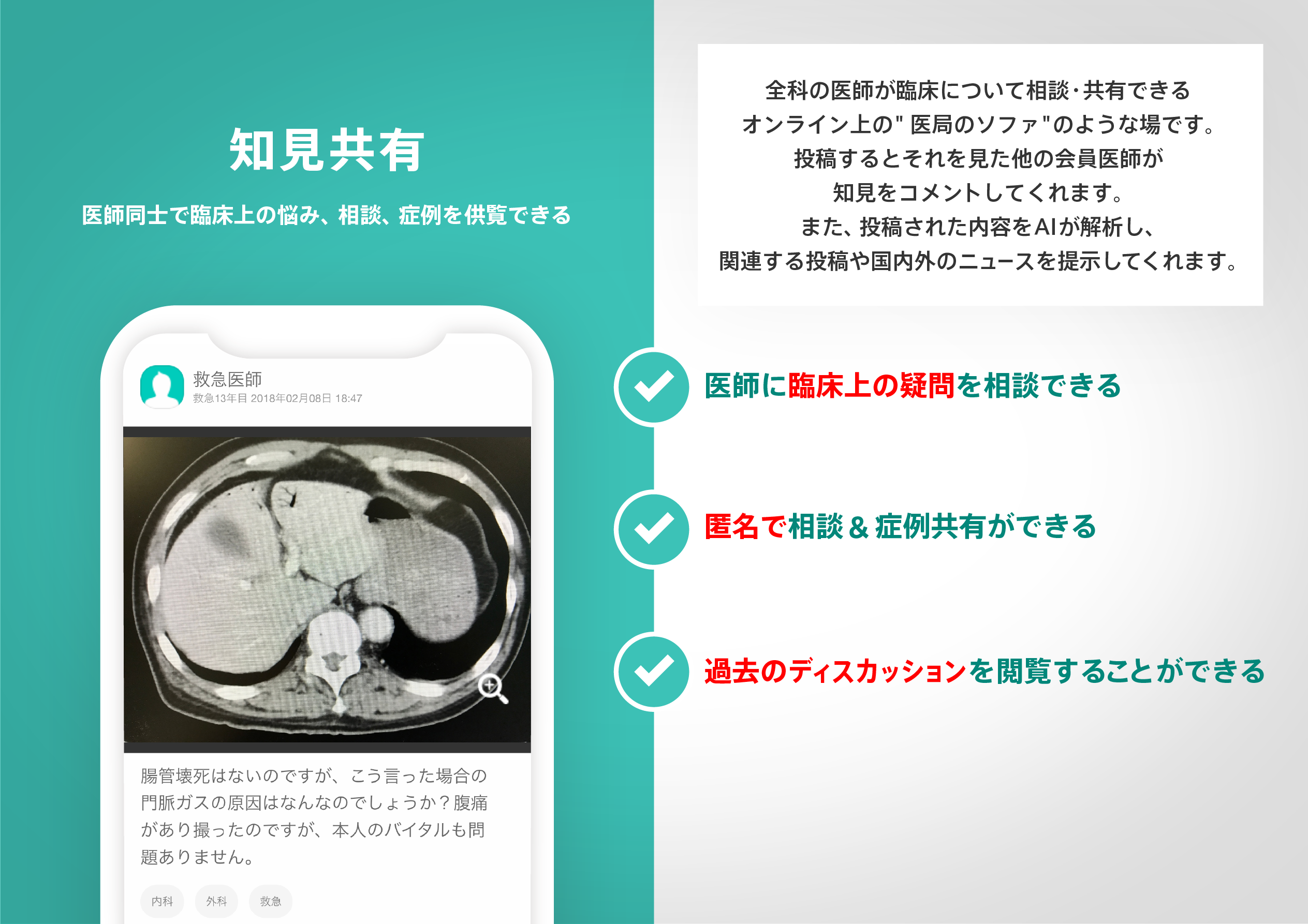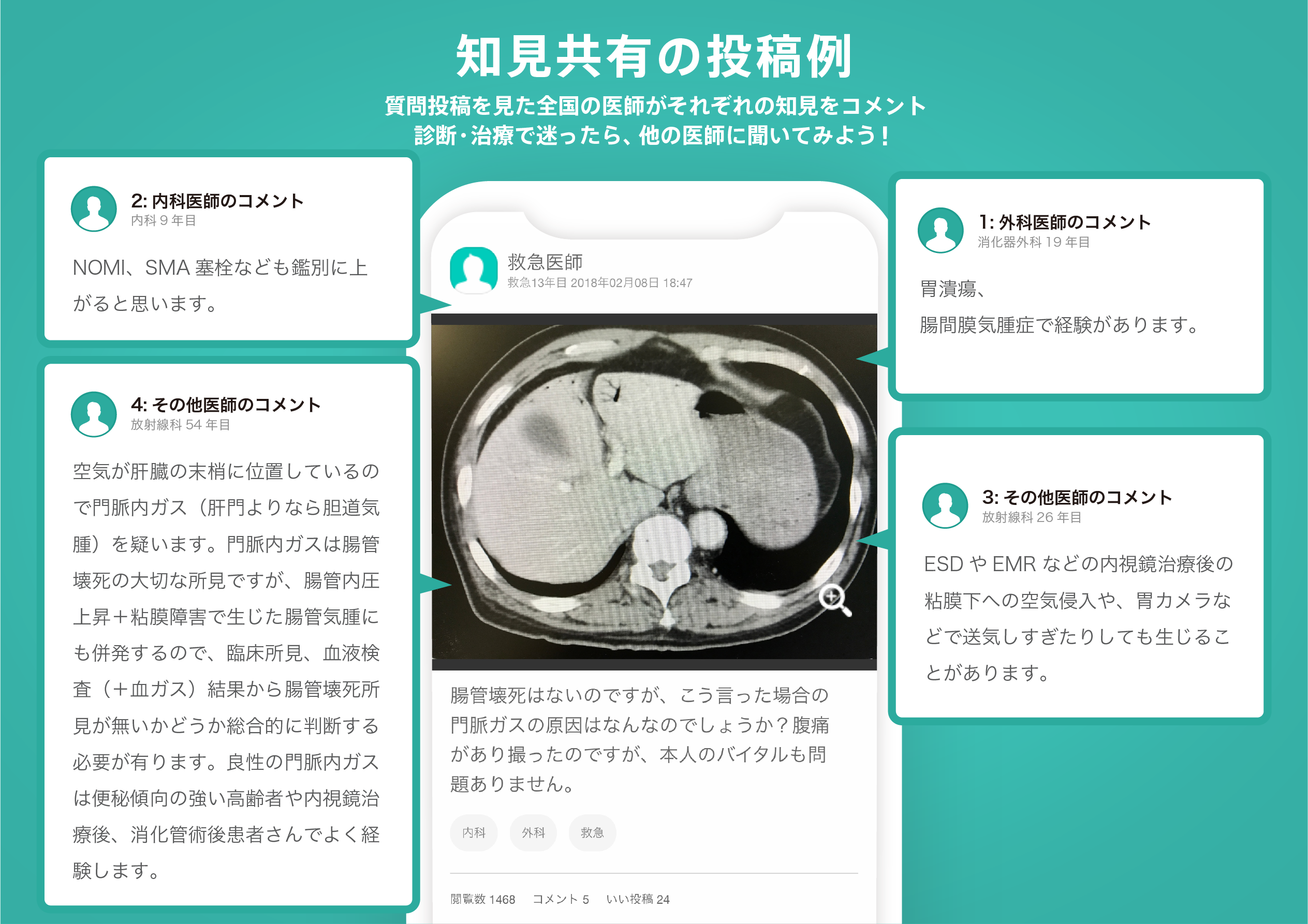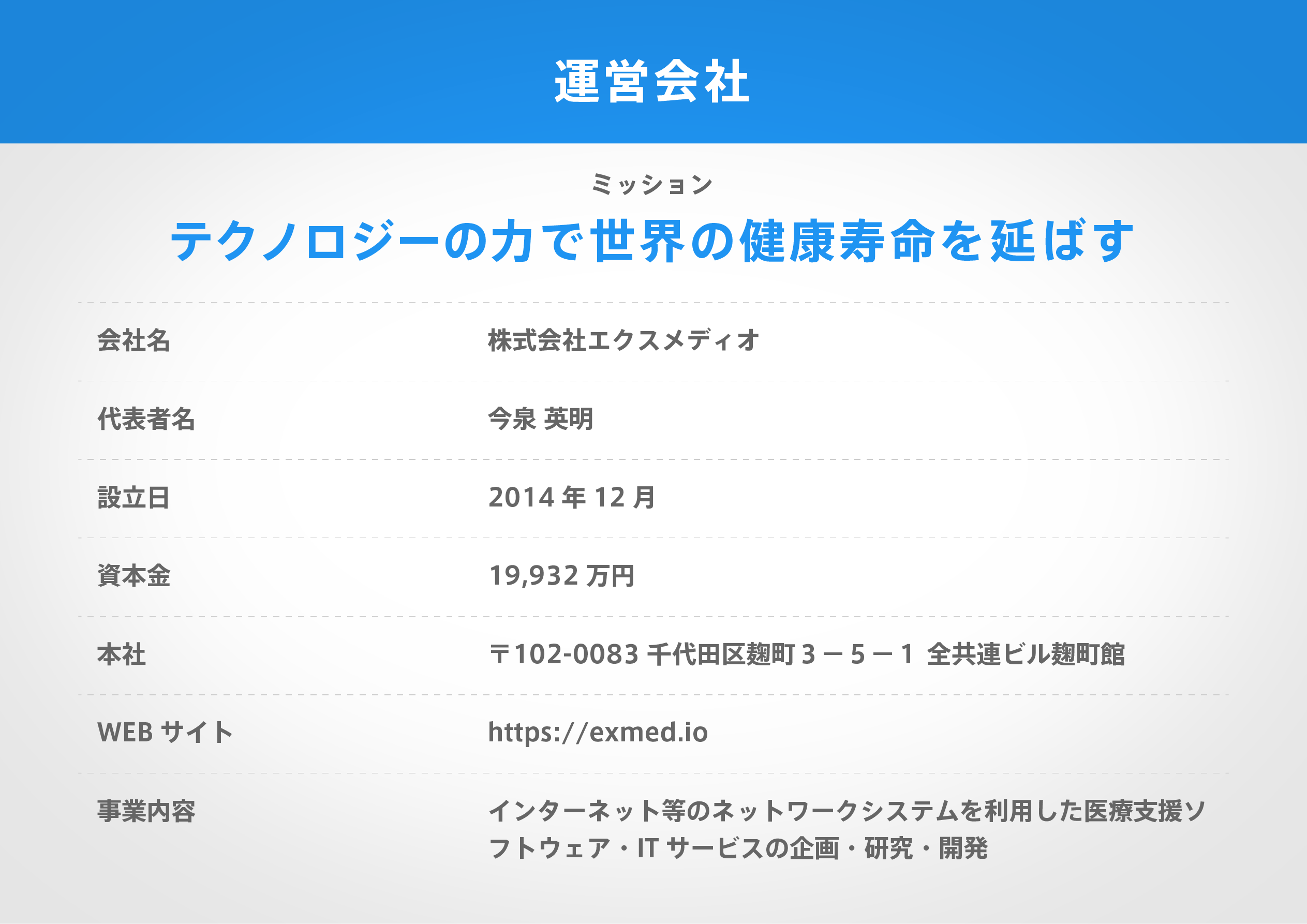著名医師による解説が無料で読めます
すると翻訳の精度が向上します
背景:SGLT2阻害剤は、駆出率が低下した心不全の患者を治療するためのガイドラインで強く推奨されますが、より高い排出断片での臨床的利益はあまり確立されていません。軽度に減少または保存された排出率を伴う心不全での供給と皇帝の保存された2つの大規模な試験が行われており、排出断片が減少した以前の試験と組み合わせた場合、心血管の死亡率および患者サブグループにおける治療効果を調べる力を提供します。 方法:出産と皇帝の保存されたメタ分析を事前に指定したメタ分析を行い、その後、排出率が低下した患者(DAPA-HFおよび皇帝が減少した)を登録した試験と、排出断片の悪化している病院に入院した試験が含まれていました。(ソリスト-WHF)。調和したエンドポイント定義を使用した試行レベルのデータを使用して、心不全のさまざまな臨床エンドポイントに対するSGLT2阻害剤の効果を推定するために固定効果メタ分析を行いました。心臓故障のための心血管死または入院の複合。関心のあるサブグループ全体の主要エンドポイントの治療効果の不均一性を評価しました。この研究は、Prospero、CRD42022327527に登録されています。 調査結果:出産および皇帝の依存者からの1251人の参加者のうち、SGLT2阻害剤は、心不全の複合心血管死または最初の入院を減少させました(ハザード比0・80 [95%CI 0・73-0・87])。:心血管死(0・88 [0・77-1・00])および心不全の最初の入院(0・74 [0・67-0・83])。21 947の参加者の5つの試験のより広い文脈では、SGLT2阻害剤は、心不全の複合心血管死または入院のリスクを減らしました(0・77 [0・72-0・82])、心血管死(0・87 [0 0・79-0・95])、心不全の最初の入院(0・72 [0・67-0・78])、および全死因死亡率(0・92 [0・86-0・99])。研究された各エンドポイントのこれらの治療効果は、軽度に減少または保存された5つの試験で、心不全の試験で一貫して観察されました。一次エンドポイントに対する治療効果は、一般に、駆出率を含む調査された14のサブグループ全体で一貫していました。 解釈:SGLT2阻害剤は、心不全の患者の幅広い患者における心血管死と心不全の入院のリスクを減らし、排出断片やケアの設定に関係なく、心不全の基礎療法としての役割としての役割をサポートしました。 資金調達:なし。
背景:SGLT2阻害剤は、駆出率が低下した心不全の患者を治療するためのガイドラインで強く推奨されますが、より高い排出断片での臨床的利益はあまり確立されていません。軽度に減少または保存された排出率を伴う心不全での供給と皇帝の保存された2つの大規模な試験が行われており、排出断片が減少した以前の試験と組み合わせた場合、心血管の死亡率および患者サブグループにおける治療効果を調べる力を提供します。 方法:出産と皇帝の保存されたメタ分析を事前に指定したメタ分析を行い、その後、排出率が低下した患者(DAPA-HFおよび皇帝が減少した)を登録した試験と、排出断片の悪化している病院に入院した試験が含まれていました。(ソリスト-WHF)。調和したエンドポイント定義を使用した試行レベルのデータを使用して、心不全のさまざまな臨床エンドポイントに対するSGLT2阻害剤の効果を推定するために固定効果メタ分析を行いました。心臓故障のための心血管死または入院の複合。関心のあるサブグループ全体の主要エンドポイントの治療効果の不均一性を評価しました。この研究は、Prospero、CRD42022327527に登録されています。 調査結果:出産および皇帝の依存者からの1251人の参加者のうち、SGLT2阻害剤は、心不全の複合心血管死または最初の入院を減少させました(ハザード比0・80 [95%CI 0・73-0・87])。:心血管死(0・88 [0・77-1・00])および心不全の最初の入院(0・74 [0・67-0・83])。21 947の参加者の5つの試験のより広い文脈では、SGLT2阻害剤は、心不全の複合心血管死または入院のリスクを減らしました(0・77 [0・72-0・82])、心血管死(0・87 [0 0・79-0・95])、心不全の最初の入院(0・72 [0・67-0・78])、および全死因死亡率(0・92 [0・86-0・99])。研究された各エンドポイントのこれらの治療効果は、軽度に減少または保存された5つの試験で、心不全の試験で一貫して観察されました。一次エンドポイントに対する治療効果は、一般に、駆出率を含む調査された14のサブグループ全体で一貫していました。 解釈:SGLT2阻害剤は、心不全の患者の幅広い患者における心血管死と心不全の入院のリスクを減らし、排出断片やケアの設定に関係なく、心不全の基礎療法としての役割としての役割をサポートしました。 資金調達:なし。
BACKGROUND: SGLT2 inhibitors are strongly recommended in guidelines to treat patients with heart failure with reduced ejection fraction, but their clinical benefits at higher ejection fractions are less well established. Two large-scale trials, DELIVER and EMPEROR-Preserved, in heart failure with mildly reduced or preserved ejection fraction have been done, providing power to examine therapeutic effects on cardiovascular mortality and in patient subgroups when combined with the earlier trials in reduced ejection fraction. METHODS: We did a prespecified meta-analysis of DELIVER and EMPEROR-Preserved, and subsequently included trials that enrolled patients with reduced ejection fraction (DAPA-HF and EMPEROR-Reduced) and those admitted to hospital with worsening heart failure, irrespective of ejection fraction (SOLOIST-WHF). Using trial-level data with harmonised endpoint definitions, we did a fixed-effects meta-analysis to estimate the effect of SGLT2 inhibitors on various clinical endpoints in heart failure The primary endpoint for this meta-analysis was time from randomisation to the occurrence of the composite of cardiovascular death or hospitalisation for heart failure. We assessed heterogeneity in treatment effects for the primary endpoint across subgroups of interest. This study is registered with PROSPERO, CRD42022327527. FINDINGS: Among 12 251 participants from DELIVER and EMPEROR-Preserved, SGLT2 inhibitors reduced composite cardiovascular death or first hospitalisation for heart failure (hazard ratio 0·80 [95% CI 0·73-0·87]) with consistent reductions in both components: cardiovascular death (0·88 [0·77-1·00]) and first hospitalisation for heart failure (0·74 [0·67-0·83]). In the broader context of the five trials of 21 947 participants, SGLT2 inhibitors reduced the risk of composite cardiovascular death or hospitalisation for heart failure (0·77 [0·72-0·82]), cardiovascular death (0·87 [0·79-0·95]), first hospitalisation for heart failure (0·72 [0·67-0·78]), and all-cause mortality (0·92 [0·86-0·99]). These treatment effects for each of the studied endpoints were consistently observed in both the trials of heart failure with mildly reduced or preserved ejection fraction and across all five trials. Treatment effects on the primary endpoint were generally consistent across the 14 subgroups examined, including ejection fraction. INTERPRETATION: SGLT2 inhibitors reduced the risk of cardiovascular death and hospitalisations for heart failure in a broad range of patients with heart failure, supporting their role as a foundational therapy for heart failure, irrespective of ejection fraction or care setting. FUNDING: None.
医師のための臨床サポートサービス
ヒポクラ x マイナビのご紹介
無料会員登録していただくと、さらに便利で効率的な検索が可能になります。






